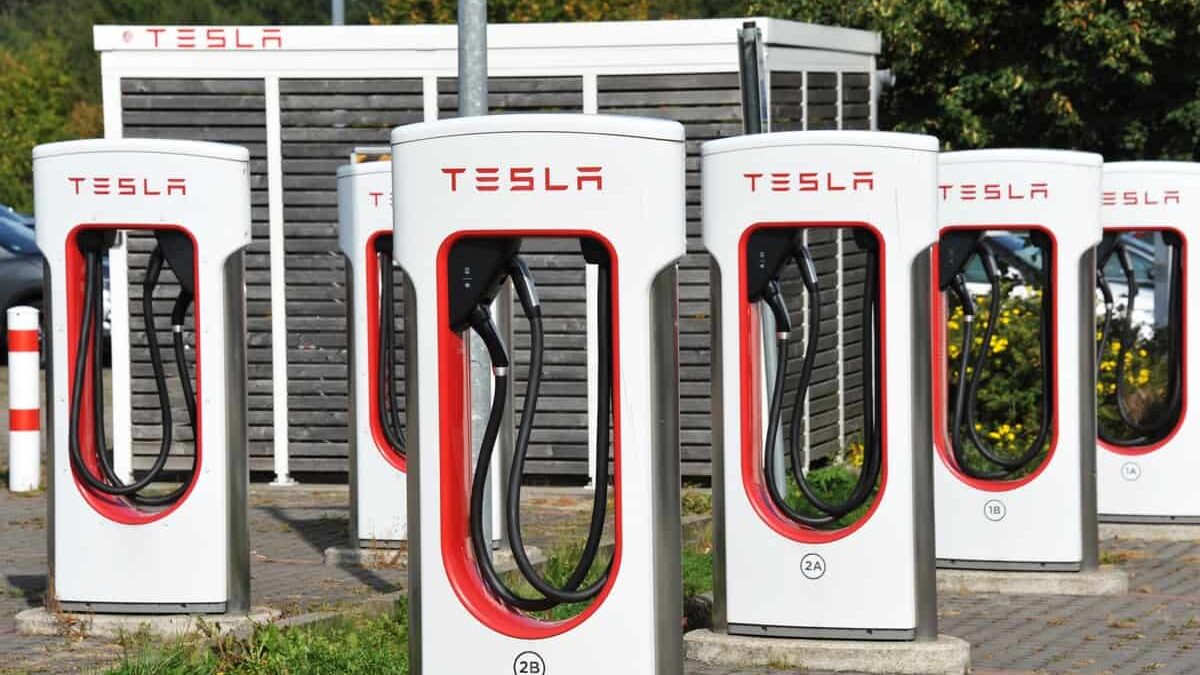Tesla is not only dominating the electric vehicle market in the United States but also the charging infrastructure drive with its Supercharger network, according to a report by the National Renewable Energy Laboratory (NREL) in February 2024.
Biden-Harris Administration’s 2030 target
NREL’s “Electric Vehicle Charging Infrastructure Trends from the Alternative Fueling Station Locator: Third Quarter 2023” report indicated that the US government is seeking to register 33 million electric vehicles by the end of the decade.
In order to support the shift to electric mobility, the US government also aims to deploy 500,000 public electric vehicle chargers in the same period.
However, the report revealed that the county’s existing DC fast-charging stations remain far from the 2030 target.
As expected, Tesla’s Supercharger network is leading the US toward achieving its goal of 500,000 public electric vehicle chargers.
Tesla’s contribution
As per the report, Tesla is ushering in the deployment of DC fast-charging stations in the US electric vehicle charging industry.
The Musk-led company apparently accounts for almost two-thirds of the country’s DC fast-chargers on the report’s Station Locator.
Specifically, 61.7% of the US DC fast-charging ports are under the Tesla Supercharger network. Meanwhile, 8.1% of Level 2 charging ports in the country are part of Tesla’s Destination charging network.
The report further asserted that the US government has only reached 9.1% of its 2030 target with Tesla’s Superchargers. That rate declines to 3.1% if we exclude the Musk-led company’s contribution.
Tesla Supercharger network’s progressive expansion
Tesla recently announced the start of the deployment of one Supercharger stall every hour. This initiative is part of the electric automaker’s strategy to raise the number of stalls under its Supercharger network to 23,000 in North America in the same period next year.
In addition, Tesla’s Supercharger network has started to open up to other electric automakers in the North American market. Ford is the first OEM in the US to access the Musk-led company’s Supercharger network through a NACS adapter before integrating the port to its next-generation models.
Other American brands, including Rivian, GM, Volvo, and Polestar, are expected to follow in the upcoming weeks.
Tesla Supercharger network’s rapid expansion is unsurprising, considering that it is currently the world’s “most reliable charging network.” In contrast, other players struggle to maintain the functionality of their charging stations. According to the JD Power report, approximately 18% of public charging attempts at Level 2 chargers were unsuccessful in Q4 2023, primarily due to outages.
In response, the US government announced almost $149 million in grants to fund the country’s plans to fix about 4,500 broken public chargers in January 2024.

